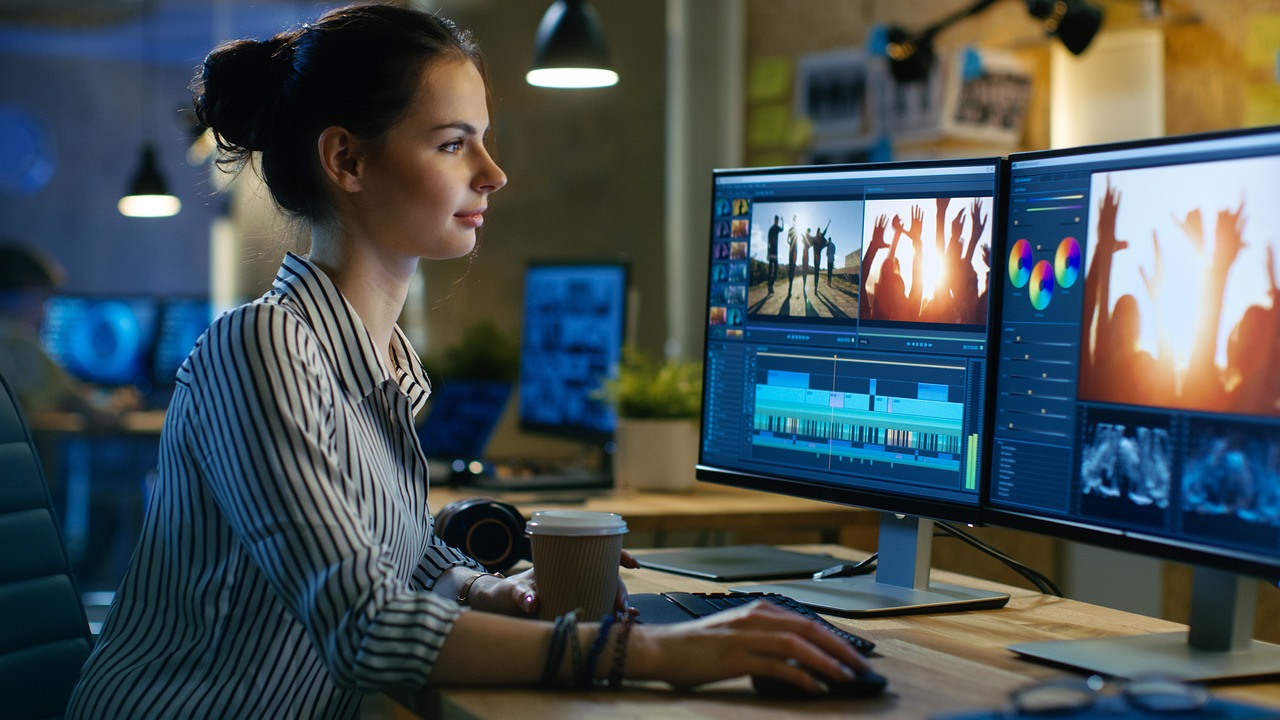Artificial intelligence media company Rembrand, which uses AI-powered technology to place virtual objects in video content for brand marketing, said today it has raised $23 million in new funding to expand from social media into connected TV formats.
The Series A funding round was led by super{set} with participation from The Trade Desk and Naver D2SF. Existing investors including BOLD, the corporate venture capital arm of L’Oréal, and Greycroft also joined in the round.
Almost everyone has experienced “product placement,” it’s when actors in a movie, TV show or other video content walk into a scene and they’re drinking a can of Coke or there’s a box of branded cereal sitting on a table. The idea is that the mere presence of the product in the video for the time being viewed provides marketing presence as people view the logo of the brand in its natural environment.
Founded in 2022, Rembrand created software that uses AI that is aware of objects and people in a video allowing it to add virtual objects within a scene so that they appear to fit naturally. When the startup began, the company targeted YouTube and then expanded to LinkedIn, TikTok and Instagram.
The additions happen in post-production, meaning that the shoot can happen and then the product placement happens afterwards. There’s no impact on developing a story and sponsorships can be sold after content is made. That also means that content creators can make money from their entire content library, even videos previously created.
Rembrand said that by using AI technology, creators maintain complete control over where virtual product placement happens, how it will be monetized and how rendering happens. The company calls its technology “generative fusion AI” because it allows creators to switch placements in and out as they change advertisers and brands while maintaining ownership of the integration.
Unlike traditional advertising, the company argues that product placement is less aggressive and annoying than pre-roll ads, overlays and other types of advertisements that interrupt or distract viewers. Rembrand also said that traditional visual effects for product insertion can take weeks, but with its AI capabilities, virtual objects can be inserted within hours, allowing the monetization of videos quickly while they’re still relevant.
For brands and advertisers, the company said this is also a benefit because it allows them to customize their target audience and increase product visibility. Rembrand cited its own case studies showing that compared to standard video ads, insertions saw a five times higher video completion rate, eight times more screen time and 27% more brand awareness.
The connected television market represents a major advertising channel, a $30 billion market, according to a report from LiveRamp. Video ads delivered to internet-connected TV devices include streaming sticks, gaming consoles and smart TVs and this represents a market that Rembrand is poised to expand into with its generative fusion technology, the company said. According to Liveramp, in the U.S., adults average two hours and 15 minutes watching connected TV each day, surpassing desktop viewership and closing in on mobile, which is nearly four hours a day on average.
Brands and advertisers can access Rembrand’s AI through a software-as-a-service model to send virtual objects to studios and publishers for preparation. Major studios and networks can use the AI through an application programming interface and video editing software plugins.
Image: Pixabay
Your vote of support is important to us and it helps us keep the content FREE.
One click below supports our mission to provide free, deep, and relevant content.
Join our community on YouTube
Join the community that includes more than 15,000 #CubeAlumni experts, including Amazon.com CEO Andy Jassy, Dell Technologies founder and CEO Michael Dell, Intel CEO Pat Gelsinger, and many more luminaries and experts.
THANK YOU










